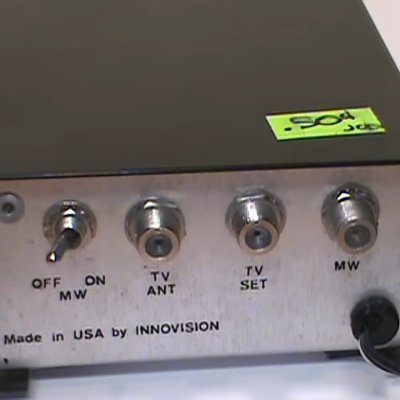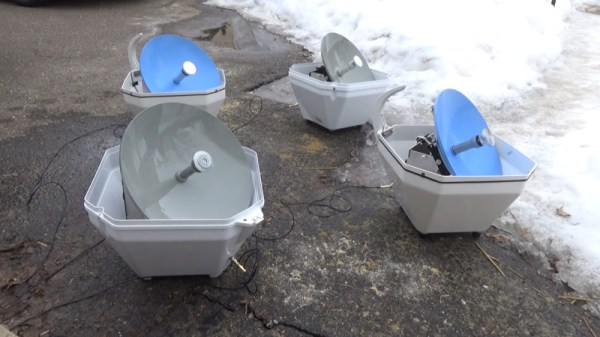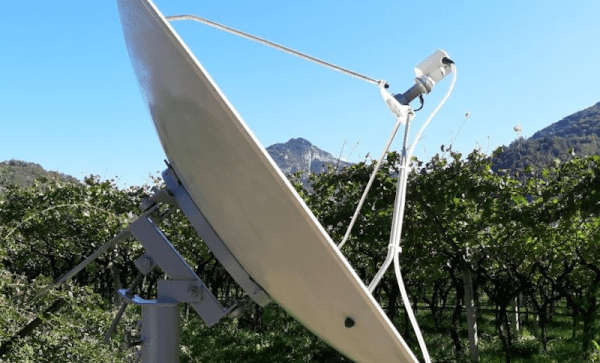Generally, a digital TV tuner is something you buy rather than something you make yourself. However, [Johann] has always been quite passionate about the various DVB transmission standards, and decided he wanted to build his own receiver just for the fun of it.
[Johann]’s build is designed to tune in DVB-S2 signals transmitted from satellites, and deliver that video content over a USB connection. When beginning his build, he noted it was difficult to find DVB reception modules for sale as off-the-shelf commercial parts. With little to nothing publicly available, he instead purchased a “Formuler F1 Plug & Play DVB-S2 HDTV Sat Tuner” and gutted it for the Cosy TS2M08-HFF11 network interface module (NIM) inside. He then paired this with a Cypress CY7C68013A USB bridge to get the data out to a PC. [Johann] then whipped up a Linux kernel driver to work with the device.
[Johann] doesn’t have hardcore data on how his receiver performs, but he reports that it “works for me.” He uses it in South Germany to tune in the Astra 19.2E signal.
We don’t talk a lot about DVB these days, since so much video content now comes to us over the Internet. However, we have still featured some nifty DVB hacks in the past. If you’re out there tinkering with your own terrestrial or satellite TV hardware, don’t hesitate to notify the tipsline!


















